From over-enthusiastic dogs to getting lost to feeling slow, we take a look at the most common worries of being a walker – and offer some simple techniques to banish those fears for good.
Going for a walk is, 99.99% of the time, an absolute joy. But that doesn’t mean there aren’t things to worry about occasionally.
In this case we’re not talking about the obvious risks of hill and mountain walking, but about the simpler and more everyday challenges of walking in the UK countryside: cows and dogs; basic navigation or feeling slow.
How can you offset those anxious moments and get the best out of any walk? Here’s our advice, courtesy of LFTO and Country Walking writer Jenny (who’s had all of these and more, many times). And we asked some readers for their handy hints, too…
Encountering cattle
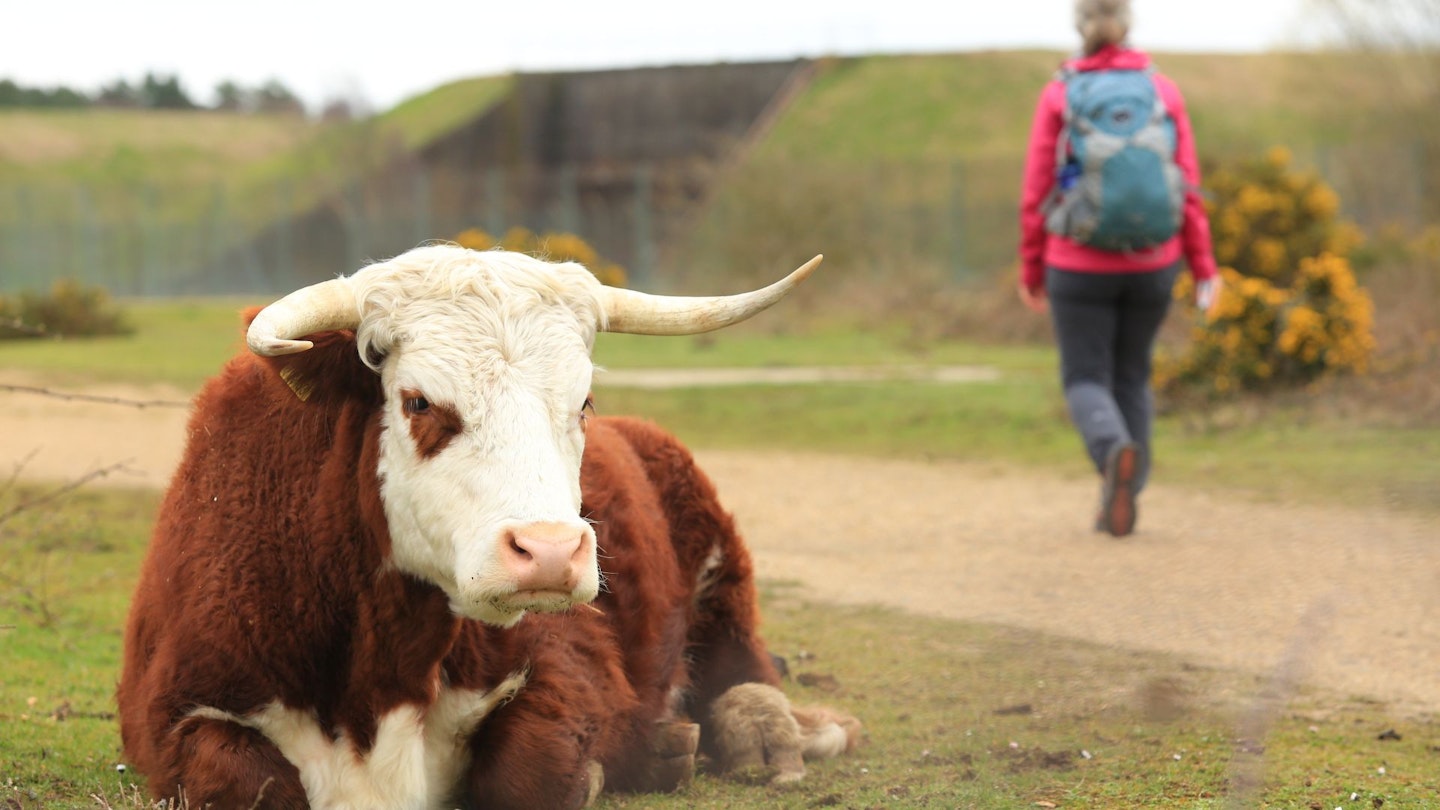
While spotting UK wildlife can be a pleasurable pass time, a herd of these hefty beasts can be a scary thing to encounter on a walk. Serious incidents understandably make headlines, but these are thankfully rare, and you should never meet dangerous bulls.
Recognised dairy breeds like Friesian and Jersey bulls are banned by law from any field with a footpath. Beef bulls are only permitted if they’re with cows, and farmers are advised to keep aggressive animals elsewhere.
Of course, bullocks and cows with calves can be daunting too, but farmer Richard Heady explains that your best approach is to be boring, and walk quietly at a steady pace. Start to dash, wave your arms or shout and they’ll think it’s all good fun and charge towards you.
If they do get a bit close, walking slowly towards them encourages them to back off, so you can keep going on your way. (Richard recorded a video with his advice a few years ago which is still relevant today).
Andrea Meanwell, the Lake District National Park Authority’s Farming Officer, also advises to move away slowly, adding: “Don’t turn your back on the cattle and don’t make eye contact as they can find this intimidating.”
Cattle see dogs as a particular threat, so keep your pet quiet and under close control. If things get tricky, let the dog off the lead so it can run and you can walk from the field. And if you can’t safely cross the field, you’re within your rights to go around, rejoining the path as soon as possible.
Reader tip:
"If they look frisky I always walk around the perimeter of the field regardless of where the path goes. It’s far safer. If they surround you but you have your back to the hedge simply walking towards them will get them to back off, I find.
"Also try standing still and letting them get used to you. Above all stay calm and relatively quiet." Natalie Covill
Being slow
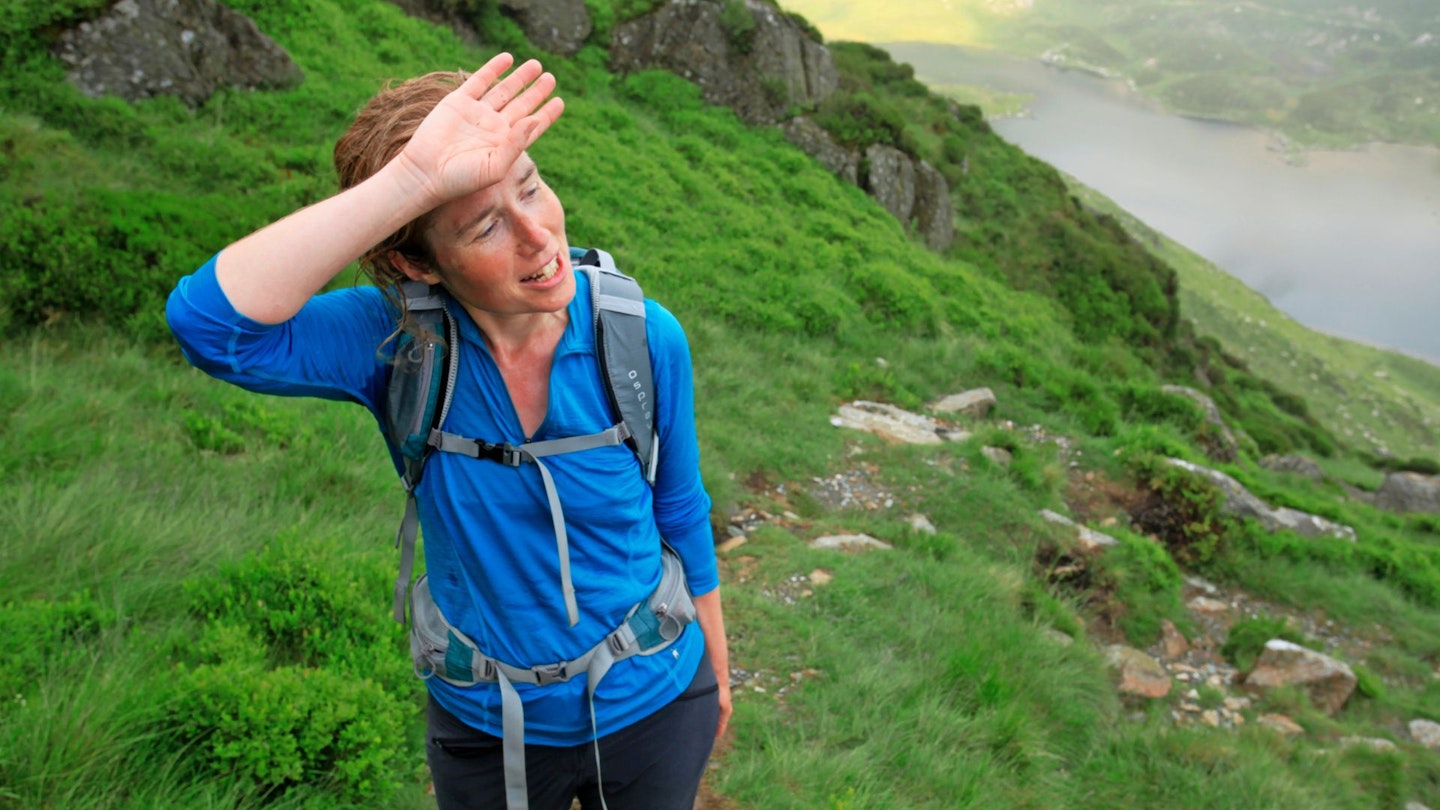
Aesop had it right in his tortoise/hare fable: slow can win the race. It enjoys the race more, too. Charging uphill makes your heart hammer, lungs ache, and muscles flood with searing lactic acid. Setting a slow pace – and we mean s-l-o-w enough to let you chat easily – lets you breathe comfortably and relish those growing views without sweat stinging your eyeballs.
If it helps, professional mountain guides go slowly up hills and nobody is questioning their fitness. The point is that slow is a pace you can sustain – happily – for hours, perhaps smugly plodding past those hares you last saw at breakfast now flopped in agony on a boulder.
Flagging a bit? Singing a song (in your head, out loud; your choice) can boost morale. Snacking on a jelly baby or two (or, y'know, some energy bars) will boost energy. And briefly locking your back knee as you swing your other leg through transfers weight from hard-working quads to your supporting skeleton for one fleeting, reviving moment.
Reader tip:
"My weight held me back, I’d be worried that I’d look out of place, being the fat girl amongst the super-fit pro walkers and I worried that I wouldn’t be able to manage a decent walk. I was wrong to worry on both counts. The more I walked, the fitter I became." Sara Stephenson
Getting lost

Losing the way happens to us all and the most annoying advice is also the best: don’t panic! Rushing off in what you think is the right direction will only make things worse (we know, we’ve done it).
Obviously, a paper map and some basic map-reading skills, and a fully-charged smartphone loaded with a proper navigational app like OS Maps or Komoot, will help you out in this respect.
But if your battery is dead or phone signal has gone for a burton, the first thing to do is stop and have a break (a hiking snack works wonders on fraying nerves) and realise you’re not as lost as you think you are.
Look at the map and pinpoint the place where you last knew exactly where you were, say at a path junction or footbridge. Turning around is hard, but retracing your steps is often the safest option.
If that’s not possible, you can still narrow down where you are.
How long is it since you were at that known point? What’s the furthest you could have walked since, based on an average of 15 minutes to walk one kilometre (or one grid square on the map)?
You have to be somewhere within a circle of that size around your last known spot, and you probably know roughly in which direction. Then put your map to one side and look around.
Note features like hills, rivers, woods or church spires and think how the map should look, then pick it up and have a careful look for bits that match. And give yourself time.
Mountain Rescue recommends always having a head torch, so even if darkness falls you can find your way back.
Reader tip:
"Take photos along your route, like when you come to a junction. You can look at them to check which way you went on your return." Elaine Burgon
Meeting dogs
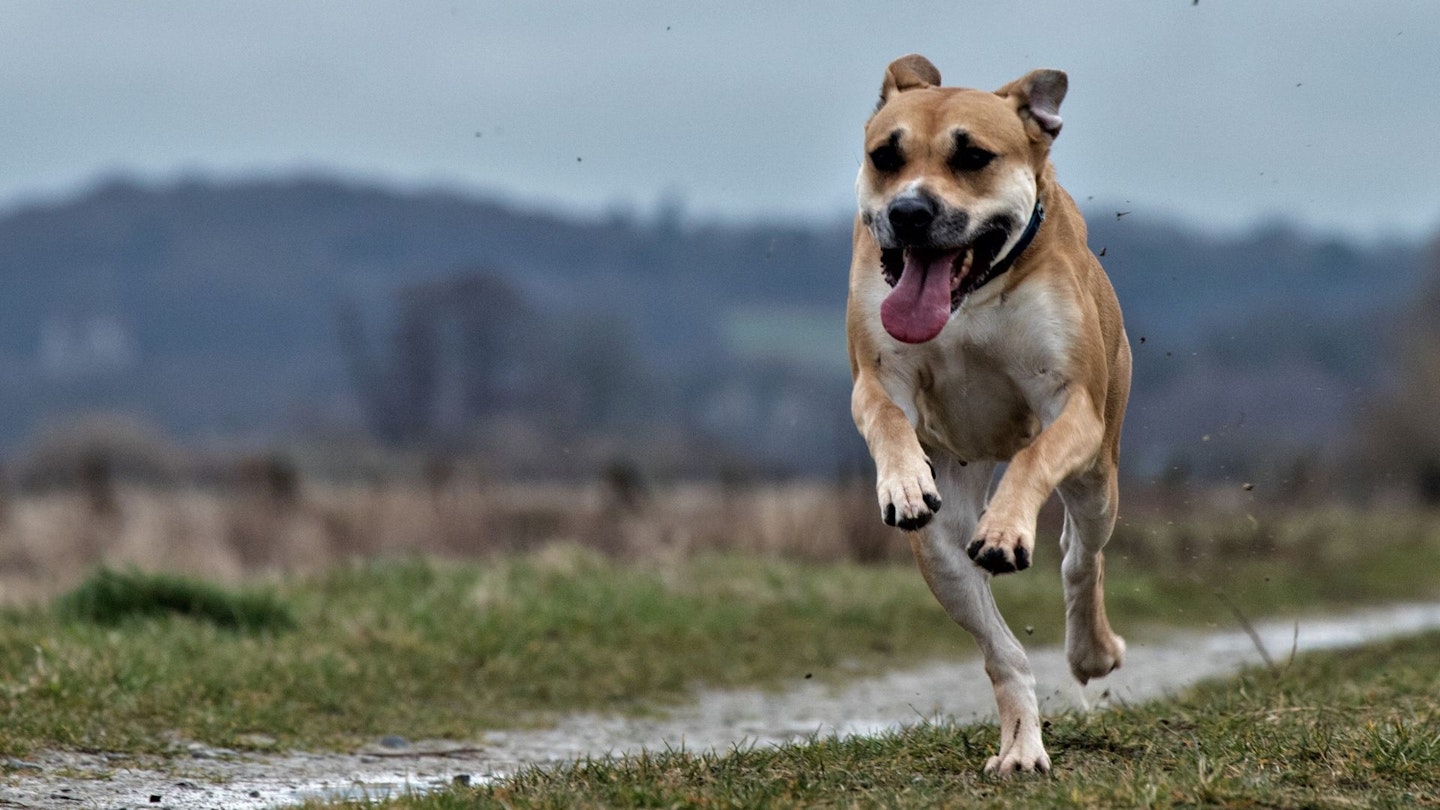
For many walkers, a canine companion is part of life. But if you’re not so comfortable around dogs, encountering them can be an anxious experience.
Whether on a farmyard or out on a footpath, strange dogs can be terrifying – especially if they’re barking or growling. The first thing to know is that a dog behaving aggressively has perceived you as a threat, either to its own safety, its territory or its people, so your safest course of action is to seem as unthreatening as possible.
David Ryan, Chairman of the Association of Pet Behaviour Counsellors, has worked with the RSPCA to provide guidance on meeting unfamiliar dogs.
He suggests you stop walking but don’t turn your back; instead face the dog, but with your body angled slightly away from it. Don’t stare at it, but turn your head sideways and slightly down so you can watch it out of the corner of your eye.
It’s best not to shoo, kick or yell, but instead talk to it calmly in a soothing tone, and you might feel reassured if you can manoeuvre a coat or bag between you and the animal.
Try, as best you can, to stay relaxed, with your weight on your back foot as if you’re leaving calmly, and if necessary move away slowly, either backwards or sideways until it loses interest.
Very few dogs will press home a serious attack; most will be content you are leaving.
Reader tip:
"Try not to scream, shout or wave your arms about; try firm commands of sit, stay or down, if you feel able to. And I suggest carrying a few dog treats, throwing them as far from you as possible to distract a dog you feel threatened by." Marie Dawn
Walking alone
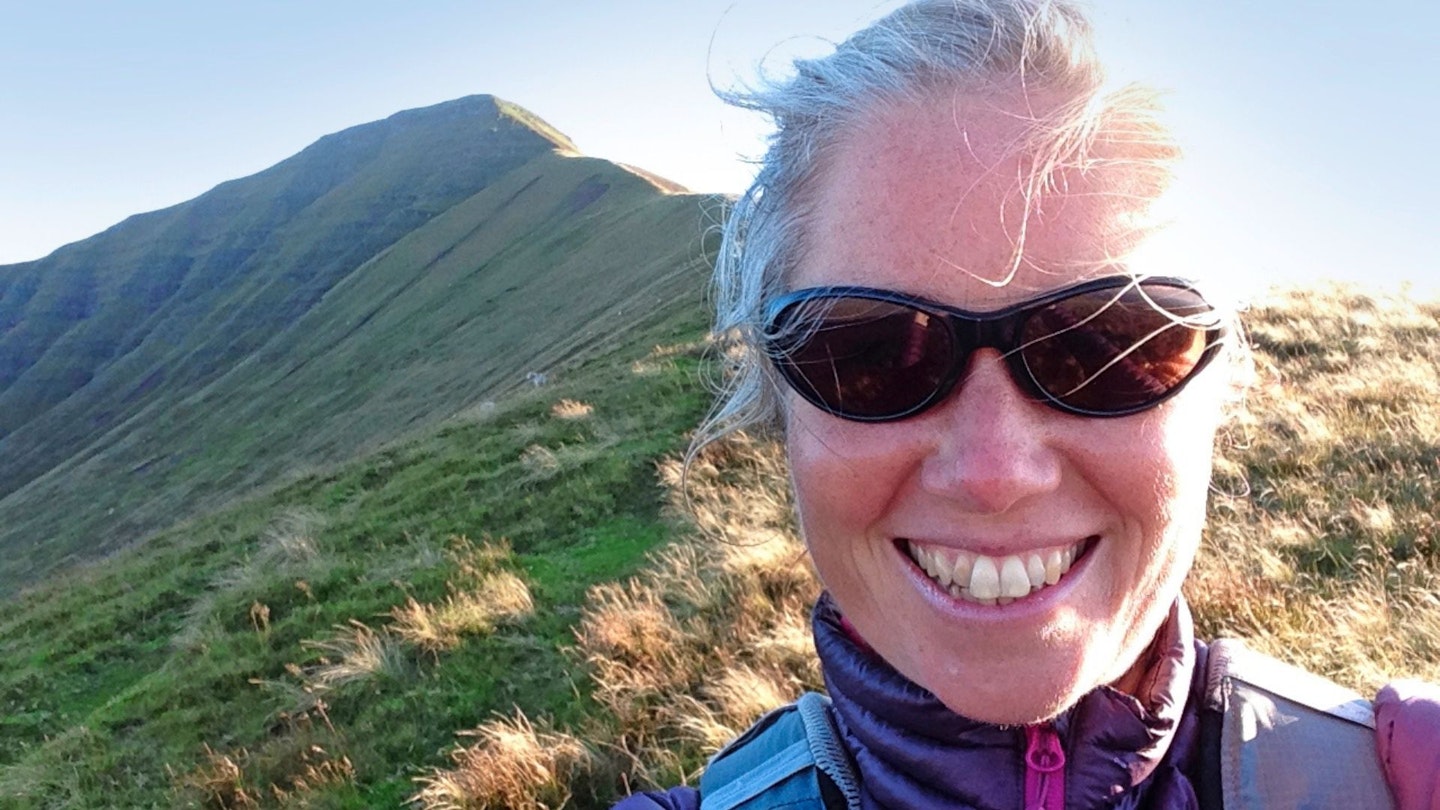
This is mostly a worry for women walkers, and it covers everything from having an accident, to getting lost, to being attacked.
Jenny Walters, from Country Walking Magazine, says: "I’ve had all those worries too, even hit full panic a few times, but I love walking solo – space to think, notice more, beetle at my own pace, and there’s satisfaction too, in doing it all myself.
"I started by trying to rethink my perception of the risk; the odds of there being someone bad all the way out in the wilds are truly tiny. I reminded myself that all the tens of thousands of miles walked happily never make headlines.
"I built my navigation skills with a weekend course and lots of practice on routes I knew, to minimise the getting-lost panic. I also use OS Maps on my phone to confirm my pinpoint location when I need it.
"I’m extra cautious on difficult terrain, to try and avoid an accident – and I take all the time I need. You might find walking with a dog helps, or taking self-defence classes, and always tell someone where you’re headed and when you should be back.
"You can even share your location with a friend when you go for a walk, for added reassurance. You’ll find the more you do, the less you worry, as the positive memories and confidence grow.
"And I tell myself there are different risks in letting the fear stop me, in the exercise I’d miss and the soul-soothing views I wouldn’t get to see."
Reader tip:
“I used to pretend I was Julia Bradbury with a camera crew and producer behind me. I’m now happy being me and discovering new routes!” Maggi Thompson
About the author
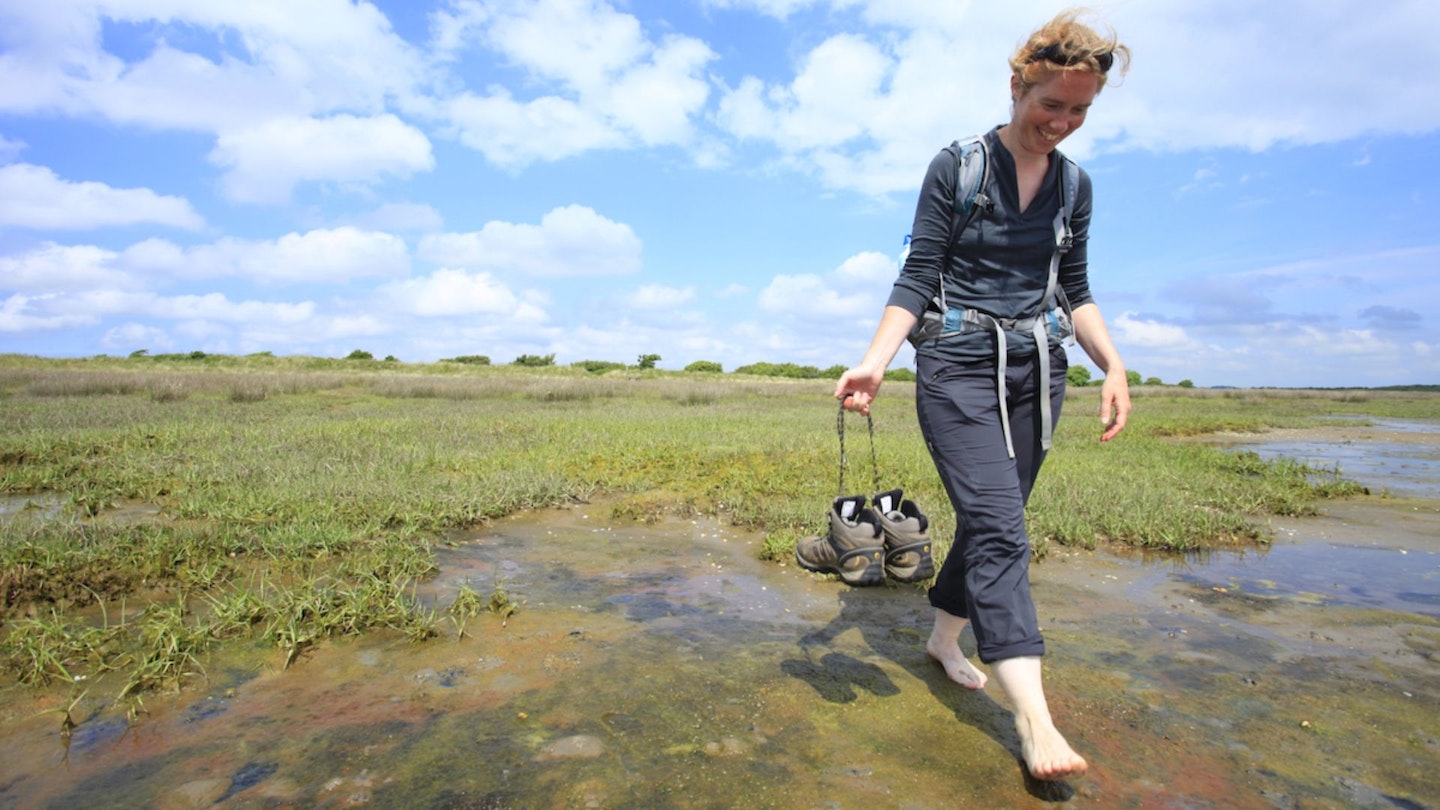
Jenny Walters has been writing for Country Walking magazine for almost 20 years. She's tramped in New Zealand, trekked in Peru, hiked in the Alps and walked all over the British Isles, from Cape Wrath to Cape Cornwall, Mount Brandon to Yr Wyddfa.
